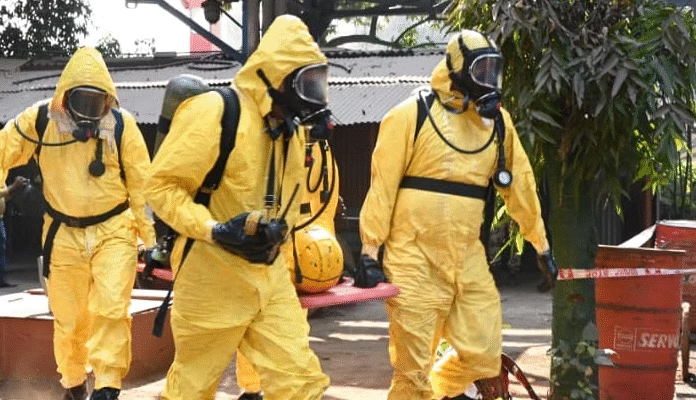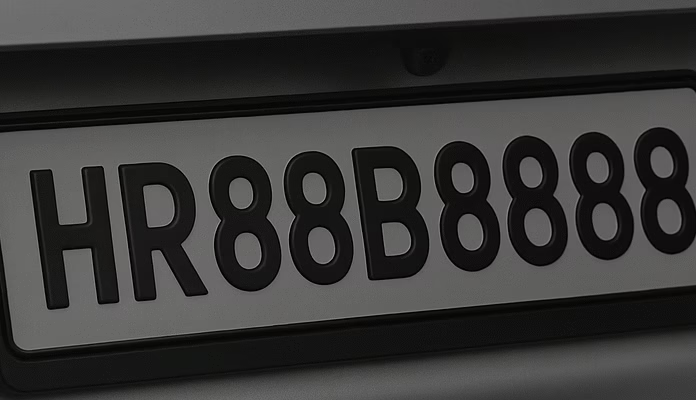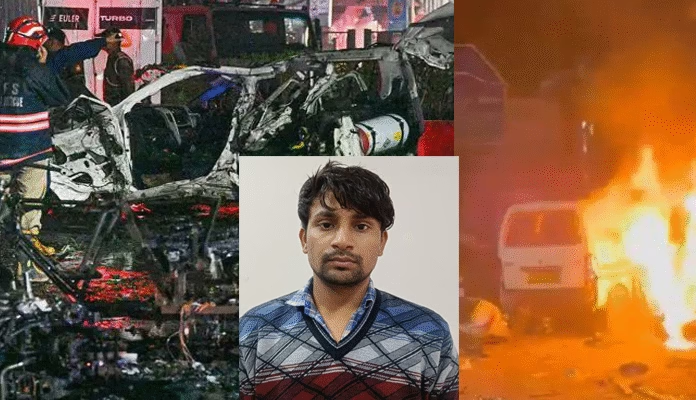
Why Trump’s “Modi’s War” Remark is Misleading
 Trump’s Trade Adviser Peter Navarro accused India hours after US tariffs of 50% on Indian goods kicked in on 27th August 2025 stating Russia-Ukraine war is Modi’s war. The road to peace runs, in part, through New Delhi. The reason of the comment is obvious. As India stood firm against Trump’s tariff threat, Trump and his Aids lost their mind. The comment that road of peace runs in part through Delhi is ridiculous, for why US is not concerned with other part that does not run through New Delhi.
Trump’s Trade Adviser Peter Navarro accused India hours after US tariffs of 50% on Indian goods kicked in on 27th August 2025 stating Russia-Ukraine war is Modi’s war. The road to peace runs, in part, through New Delhi. The reason of the comment is obvious. As India stood firm against Trump’s tariff threat, Trump and his Aids lost their mind. The comment that road of peace runs in part through Delhi is ridiculous, for why US is not concerned with other part that does not run through New Delhi.
India’s Oil Purchases and the False Narrative
The accusation centers on India’s purchase of discounted Russian oil. The Russia–Ukraine war began on 24 February 2022, and India started importing Russian crude only in March 2022, weeks after hostilities began. Clearly, India’s decision did not cause the war.
In fact, the Biden administration itself encouraged such purchases under the G7 oil price cap. In November 2022, Washington even stated it was “happy” for India to continue buying oil at or below the cap. The U-turn came only after Trump returned to power.
Trump had campaigned on promises to bring peace and end the war. But behind this “peace mask” was his obsession with winning the Nobel Peace Prize. He even fabricated stories, such as falsely claiming credit for ceasefire efforts during “Operation Sindoor” — a lie India flatly rejected. When New Delhi refused to endorse his falsehoods, Trump turned vengeful, slapping tariffs in the hope of coercing India into submission.
India, however, stood undaunted. This humiliation enraged Trump further. He labeled India as “profiteering,” while his aides went so far as to call the Russia–Ukraine conflict “Modi’s war.”
India’s Neutral Stand
Unlike Trump’s theatrics, India has consistently adopted a balanced and neutral position. Alongside many nations in the Global South — across Asia, Africa, and Latin America — India refused to take sides, arguing that sanctions disproportionately harm developing economies through higher energy and food prices.
Prime Minister Modi has repeatedly stressed that “the nation’s interest comes first.” At the SCO Summit in Samarkand, Uzbekistan (September 2022), Modi famously told President Vladimir Putin that “today’s era is not of war.” He has since reiterated India’s stance many times, while also maintaining cordial ties with Ukraine’s President Volodymyr Zelenskyy.
Even Washington, under Biden, respected India’s position. The problem arose only when Trump, driven by his Nobel ambitions, sought to weaponize tariffs against India.
Who Really Fuels the War?
If buying Russian oil fuels the war, then one must ask: Who supplies Ukraine with weapons? Oil revenues cannot fight battles by themselves.
The reality is clear:
-
The United States has been the largest supporter of Ukraine, sending tens of billions in aid, advanced weapons (HIMARS, Patriot missiles, tanks, and now F-16s), along with intelligence and training.
-
The European Union has imposed sweeping sanctions on Russia and granted Ukraine candidate status.
-
NATO countries have coordinated arms transfers and military support.
-
Allies like Japan, South Korea, Australia, and Canada have also provided funds, weapons, and humanitarian aid.
On the other side, Russia is backed by Belarus, Iran, and North Korea, which have supplied drones, shells, and military technology. Belarus even allowed Russian troops to operate from its territory. China has maintained a careful “pro-Russia neutrality.”
Clearly, this is not just a Russia–Ukraine war. It is a proxy war: one bloc led by the US and NATO, and another backed by Russia’s allies.
America’s Double Standards
This is not the only conflict inflamed by Washington. The Israel–Palestine war, reignited on 7 October 2023, saw US backing of Israel’s strikes on Iran. Despite promising diplomacy, Trump ordered military action within 24 hours — exposing his hypocrisy.
Thus, when Trump accuses India, it reeks of double standards. The US itself has a long record of escalating wars, while India has simply acted to secure affordable energy under price caps.
The Root Cause: NATO’s Expansion
At its heart, the war is linked to Russia’s security concerns. Since the 1990s, NATO has expanded eastward, incorporating former Eastern Bloc countries. The 2008 NATO Bucharest Summit declaration that Ukraine and Georgia “will become members” alarmed Moscow deeply.
Many analysts, including John Mearsheimer, argue that the West ignored Russia’s repeated warnings, indirectly provoking the conflict. While Russia initiated the invasion, US and NATO policies undeniably fueled the crisis.
Whose War Is It?
So, whose war is this? The answer is not simple. It is not merely a Russia–Ukraine conflict, but a global contest for power, security, and international order.
What it is not, however, is Modi’s war. India has consistently called for diplomacy, dialogue, and restraint. Its position is rooted in pragmatism and peace, not aggression.
The Russia–Ukraine war cannot be reduced to Trump’s political rhetoric. It is sustained not by India’s oil imports, but by the billions of dollars and weapons poured in by the US, NATO, and their allies. To brand it “Modi’s war” is not only misleading but also a deliberate attempt to malign India’s independent foreign policy.
(Written by Dr. Maguni Charan Behera; email: mcbehera1959@gmail.com)



